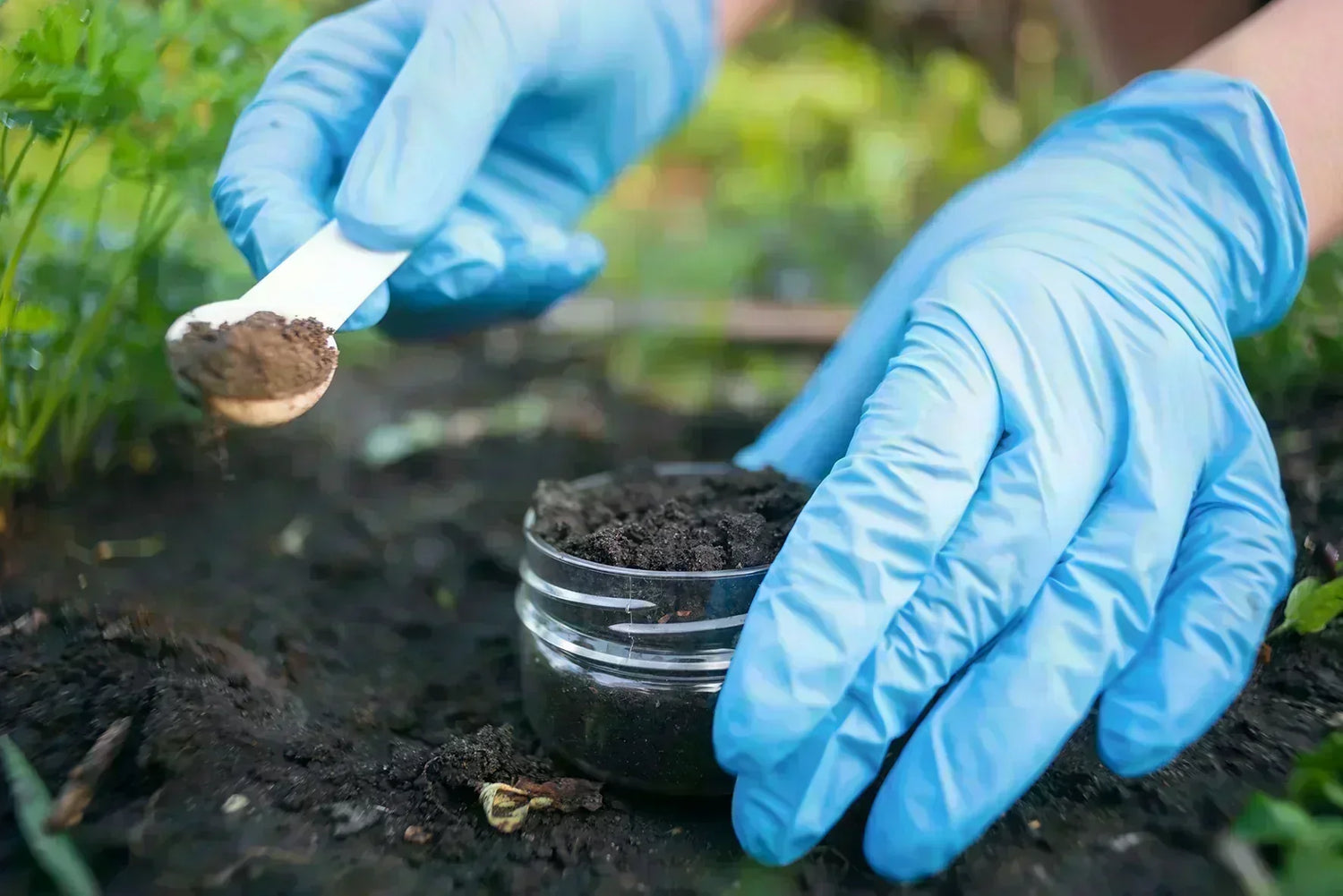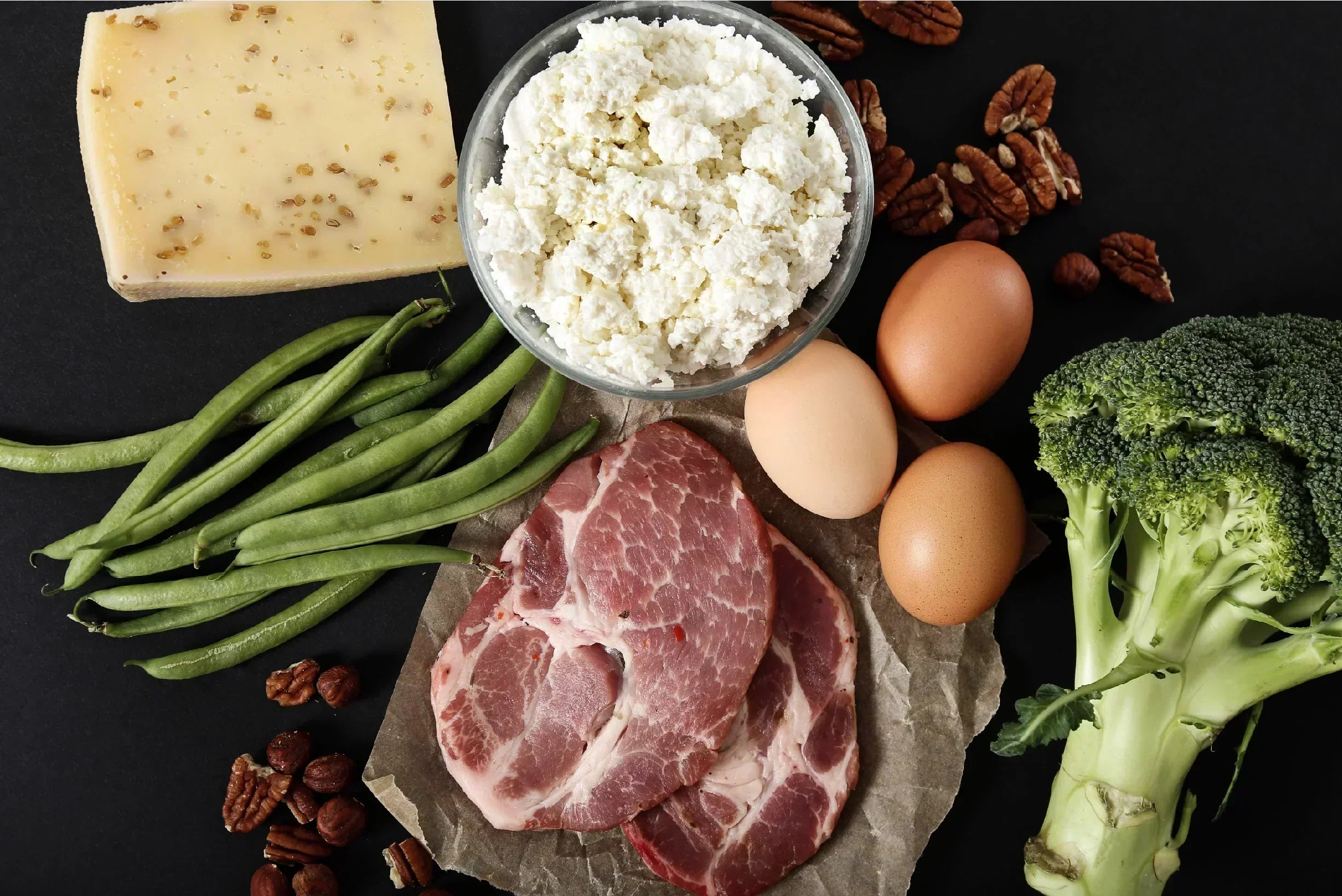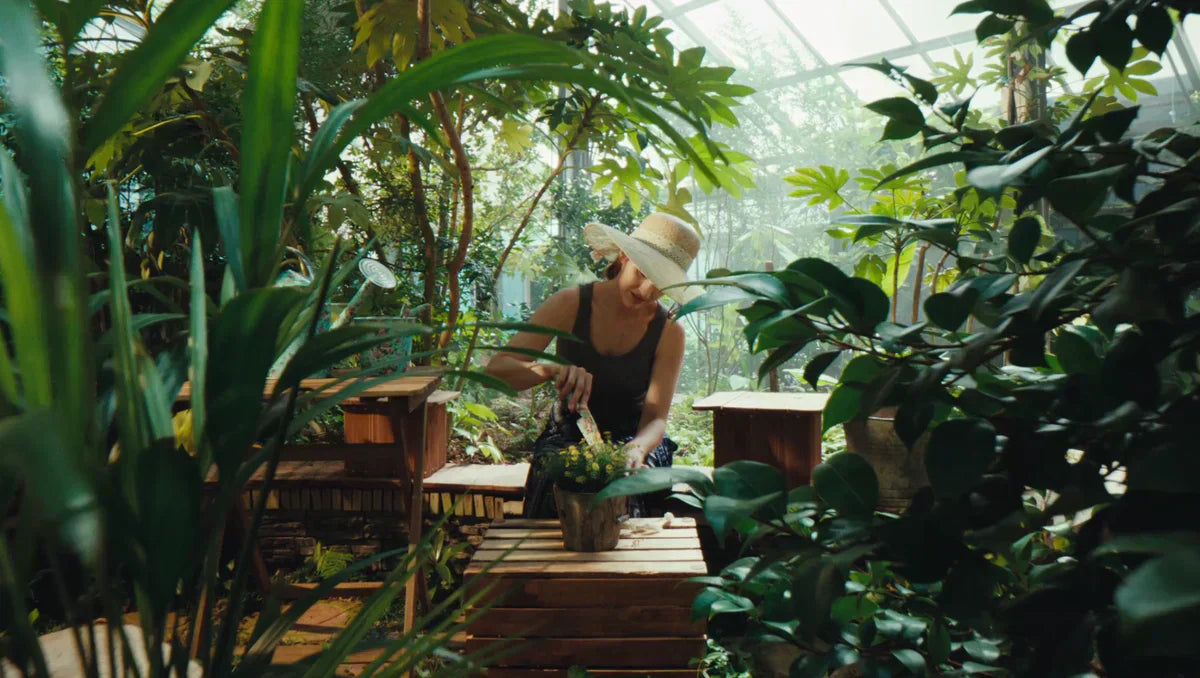Understanding your soil's texture is vital for successful gardening, as it affects water retention, drainage, and nutrient availability. A practical and straightforward method for soil texture analysis is the Jar Test, which helps assess soil composition by determining the proportions of sand, silt, and clay.
Why Soil Texture Matters
Soil serves as the foundation for plant growth, providing essential nutrients, water, and support. The texture of your soil—its relative amounts of sand, silt, and clay—plays a significant role in its fertility and structure. Understanding these components through soil composition assessment allows gardeners to make informed decisions to enhance soil quality.
Conducting the Jar Test for Soil
To perform this DIY soil testing method, follow these steps:
1. Collect a Soil Sample:
- Gather soil from your garden, removing any large debris, rocks, or organic material.
2. Prepare the Jar:
- Fill a clear glass jar halfway with the soil sample.
- Add water until the jar is nearly full, leaving some space at the top.
- Optionally, add a drop of dishwashing liquid to help separate the soil particles.
3. Shake and Settle:
- Seal the jar tightly and shake it vigorously for 2-3 minutes to thoroughly mix the soil and water.
- Place the jar on a flat surface and let it sit undisturbed for about 24 hours.
4 . Observe the Layers:
After settling, the soil will separate into distinct layers:
- Bottom Layer: Sand particles, which are the largest and heaviest.
- Middle Layer: Silt particles, which are medium-sized.
- Top Layer: Clay particles, which are the smallest and lightest.
5. Analyse the Results:
- Measure the thickness of each layer to determine the sand, silt, and clay proportions.
- Compare your findings to a soil texture triangle to classify your soil type.
 This jar test provides valuable insights into your soil's composition, enabling you to tailor your gardening practices accordingly.
This jar test provides valuable insights into your soil's composition, enabling you to tailor your gardening practices accordingly.
Enhancing Soil Quality with Compost
Regardless of your soil's texture, incorporating compost can significantly improve its structure and fertility. Compost enriches the soil with organic matter, enhancing moisture retention in sandy soils and improving drainage in clay soils. Moreover, compost introduces beneficial microorganisms that aid in nutrient cycling, promoting healthier plant growth.
Home Composting Benefits
Engaging in home composting offers numerous advantages:
- Waste Reduction: Transforms kitchen scraps and yard waste into valuable compost, reducing landfill use.
- Soil Enrichment: Enhances soil fertility and structure, leading to more robust plant growth.
- Environmental Impact: Decreases greenhouse gas emissions by diverting organic waste from landfills.
Reencle Home Composter Features
For those interested in efficient home composting, the Reencle Home Composter offers innovative features:
- User-Friendly Design: Simplifies the composting process with an intuitive interface.
- Odour Control: Utilises advanced technology to minimise unpleasant smells.
- Continuous Operation: Allows for the ongoing addition of food waste, providing a steady supply of compost.
By understanding the importance of soil in gardening and implementing practices like the jar test and composting, you can significantly improve your soil's health and productivity, leading to a more flourishing garden.




Leave a comment
This site is protected by hCaptcha and the hCaptcha Privacy Policy and Terms of Service apply.